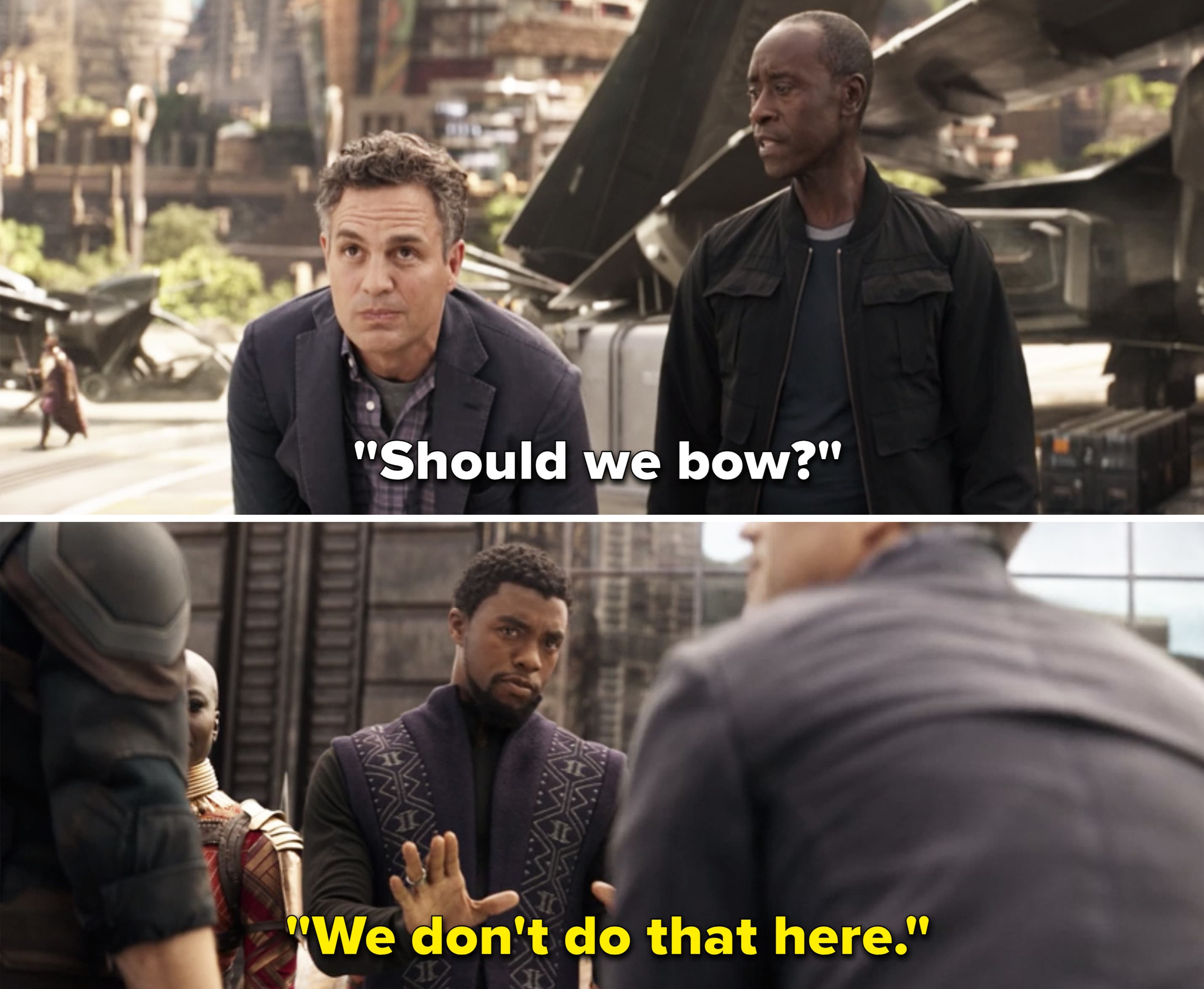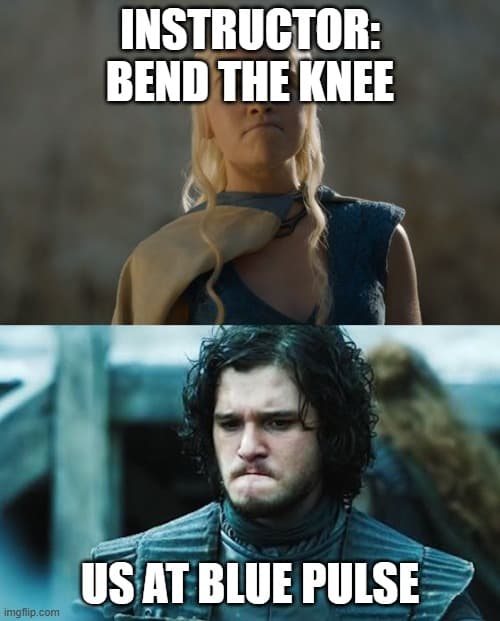Kneeling in Scuba Diving
Do you want to know the moment I decided to become a dive instructor?
I was in the pool doing some tech drills in new gear when I saw an “instructor” badgering a kid who didn’t want to kneel on the bottom. The kid wanted to hover neutrally — because that made sense to them — but the instructor dragged them to the surface and scolded them: “You have to kneel. That’s how you learn.”
No. It’s not.
You don’t need to kneel to learn to dive. In fact, you shouldn’t. It’s bad for your technique, bad for the environment, and the only “benefit” is for instructors who either don’t know better or simply don’t care.

Where Did Kneeling Come From?#
Kneeling on the pool or seabed is a holdover from the early days of scuba. Back then, gear was clunky (think no BCDs, or at best, horse collars) and the goal was simple: stay down.
Even though modern equipment is vastly improved, many instructors still teach the same way. They deflate their students’ BCDs, drop them to the bottom, and ask them to kneel. There’s even a hand signal for it. Why?
Simple: convenience. Teaching large groups (sometimes 10–12 students at once) is easier when everyone’s stuck to the bottom. It’s less about student mastery and more about crowd control.
Why Kneeling Is a Problem#
Kneeling while learning to dive — or at any point — is 100% negative. Here’s why:
It creates bad habits
New divers associate “doing skills” with the kneeling position. So when they need to do something (say clear a mask or launch an SMB), they instinctively drop to the bottom — even when they shouldn’t.It ruins your trim
Instructors often overweight students so they’ll stay kneeling. That pushes your center of gravity too low and teaches you to move from a vertical position — the hallmark of the “seahorse diver.”It damages the environment
We’re guests in a fragile underwater world. Teaching divers to drop to the bottom increases contact with the reef — and the damage that comes with it. There’s always that one guy (let’s call him George) who “didn’t realize” he was kneeling on coral.It can hurt you
Picture George, in his board shorts (cause he’s too manly for exposure protection), kneeling on fire coral this time while clearing his mask. Now picture the next two weeks of George’s life. Not fun.

Yes, You Can Learn Without Kneeling#
Here’s the secret: if you don’t teach people to kneel… they don’t kneel.
It’s an entirely artificial behavior. If we never introduce it, it never becomes part of the picture.
Don’t just take my word for it. I’m just a dive instructor with similar (albeit not quite) credentials to the others that still teach kneeling. Mark Powell — yes, the one who literally wrote the book on decompression diving — says the same thing. He explains this through the principle of primacy: the way you first learn something tends to stick. So why not learn it right?
How We Do It at Blue Pulse#
At Blue Pulse, you’ll be in proper horizontal trim from your first minute in the water.
Here’s what that looks like:
We start at the shallow end of the pool. Standing up. Then, we gently fall forward — letting the water support us — and adjust buoyancy just enough to hover. That’s it. No excess weight. No flailing. No kneeling. Just calm, natural movement in trim.
Some other things we do differently:
We start with correct weighting
No “float at eye level” guesswork. We teach you how to assess and dial in your own weighting — because self-reliance starts early.We use aluminium cylinders
Steel tanks are almost the standard in Europe, but they’re much more negative, especially when full. Aluminium is easier to manage when you’re just beginning to learn.We don’t use shorties
Neoprene is buoyant. Short wetsuits make your upper body float and your legs sink — exactly the opposite of what you want. Enter the seahorse position. We use full suits, rash guards, or just lycra depending on the water temp. No shorties.We place weight where it should be
Most instructors stick with weight belts “because that’s what rental gear uses.” That’s not always true (actually less than 50% nowadays in my experience), and most divers eventually buy better gear anyway. Weight belts place mass too low on the body. We distribute your weight properly — using integrated weight systems — to support good trim from day one.
Final Thought#
Kneeling is a shortcut. It’s old-school. And it holds divers back.
We don’t do shortcuts at Blue Pulse. We train divers — not passengers — and we start by teaching the way you deserve to learn: in trim, neutrally buoyant, and connected to the environment.
There are no articles to list here yet.